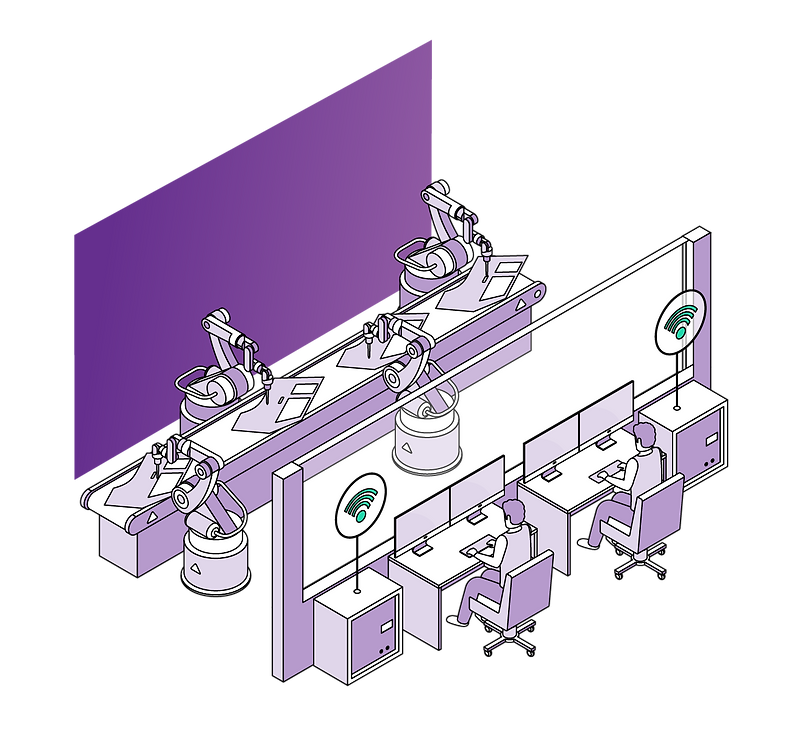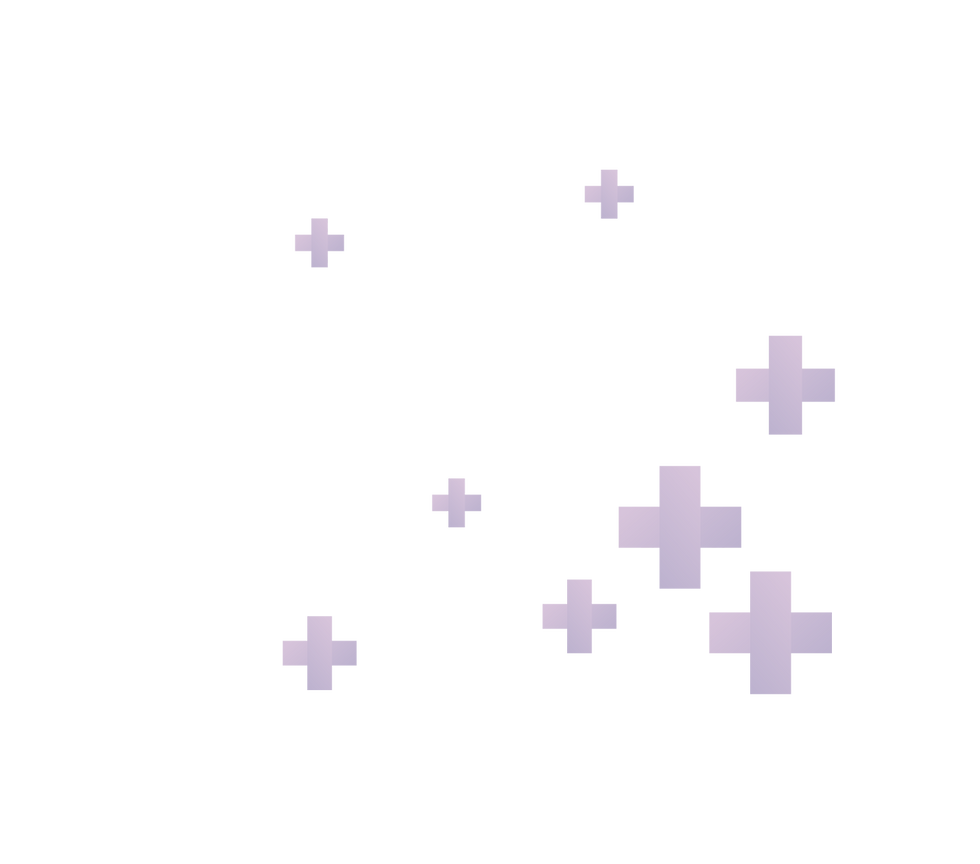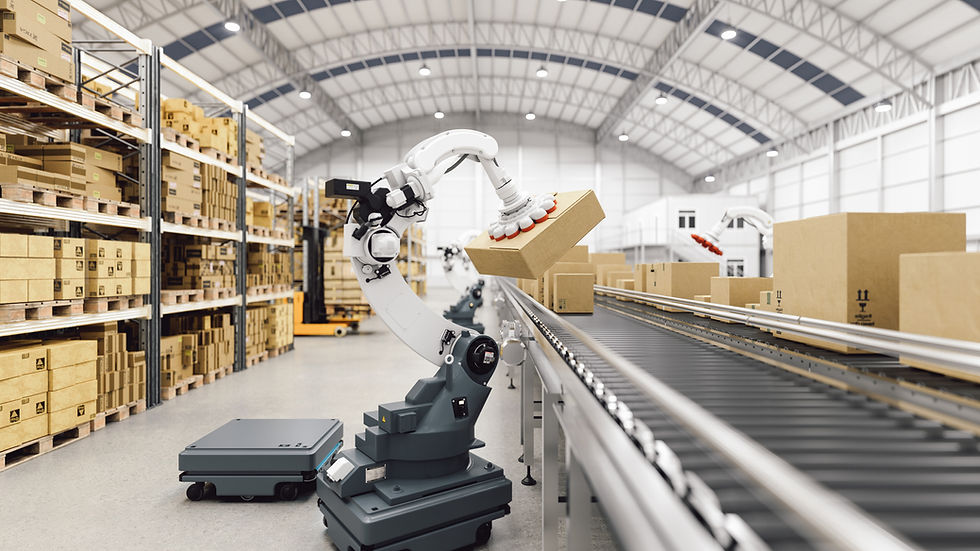FlexiCell Fieldlabs

FlexiCell has three Fieldlab applications to demonstrate the practical benefits of the approach. A conscious decision was made to focus on three cases for technical upgrades for HMLV production that can easily be transferred to similar use cases at small and medium-sized enterprises. The participating companies identified these use cases in their own production environment in the context of the application phase and the first part of the specification phase. The cases are generalizable to other partners. They will be fed back to the network of associated partners who are interested in the solutions but do not currently have the capacity in their own production context for such an elaborate experimental demonstration operation. In all fieldlabs, an exploratory approach is chosen that aims to benchmark different communication methods alternatively against each other. The goal is to find convincing use cases for 5G. However, this is to be done on the basis of a fair comparison with other technologies such as WLAN or other radio standards.
FIELDLAB 1
Intralogistics
At VARTA Microbattery, a "Last-Mile" intralogistics solution is to be implemented with the help of automated guided vehicles (AGVs). While the individual production halls are connected to a comprehensive intralogistics system, manual transport is currently used in the relevant production hall for the "micro battery washing" step on the route between the intralogistics hub and the plant. This is to be automated in the project by using AGV solutions. With two flows of goods (washing units to the plant and cell trays back to the intralogistics system) and in a final configuration of 18 plants, an efficient solution must be found. The planned site consists of two halls, while only one is currently in operation; in the other, further systems are being set up and commissioned. Therefore, this is particularly suitable for the test operation within the scope of the project. In addition to commissioning several AGVs and in compliance with the particular framework conditions for transport and handover, this will be used as a test site for the various communication standards that the 5G++ FlexiCell can offer. Does 5G offer an advantage under the given framework? How can this be quantified? If possible, the consolidation of two Small Cells and handover between the two cells (in the two halls) will also be tested in the further process.


FIELDLAB 2
Adaptive Matrix
organisation
The case, which is handled together with Joyson Plastec GmbH, is about spare parts production of large injection molded parts for the automotive industry. After the main production has been discontinued, the injection molding service provider still has to provide the production of spare parts for a longer period of time. The production lines, which are usually already outdated once the product has been discontinued, require a lot of maintenance and space. Here, a real "FlexiCell" is to be developed for several similar products, a reconfigurable production cell for welding and assembly of the spare parts, which will be coupled with a matrix organization. Here, individual work steps will presumably also be performed by humans. If the approach can be realized, the individual components can determine their task in the FlexiCell via the product to be produced and their current position to enable the smoothest possible changeover between different products. This is realized with the 5G++ FlexiCell, as communication and localization information are processed together there. Each of the different products requires a specific physical arrangement of components. Experiments will be conducted with a novel, reconfigurable type of robot whose individual axes can be flexibly assembled. This will affect the payload and reach of the robot, which may be required differently depending on the project being produced. Similarly, depending on the product being produced, the software configuration will change and different human-robot co-production behavior will be required (such as safety procedures).

FIELDLAB 3
Wireless robot sensors

The third Fieldlab is operated by ZEISS. In order to connect the sensor technology attached to the end effector of industrial robots, a cable harness is necessary. This cable harness is prone to errors and requires a lot of maintenance. It also restricts the movement of the industrial robots and makes some trajectories impossible. ZEISS has developed a complex measurement sensor system for robot end effectors, which is used in automotive production to measure production quality in the manufacturing process. This is currently connected with a cable harness of this type. With the help of 5G, a wireless prototype is to be developed for the sensor, which will be inductively charged between the measurement steps. Due to the high data throughput, this offers a convincing Use Case for 5G technology if a successful demonstrator can be tested in the project.

